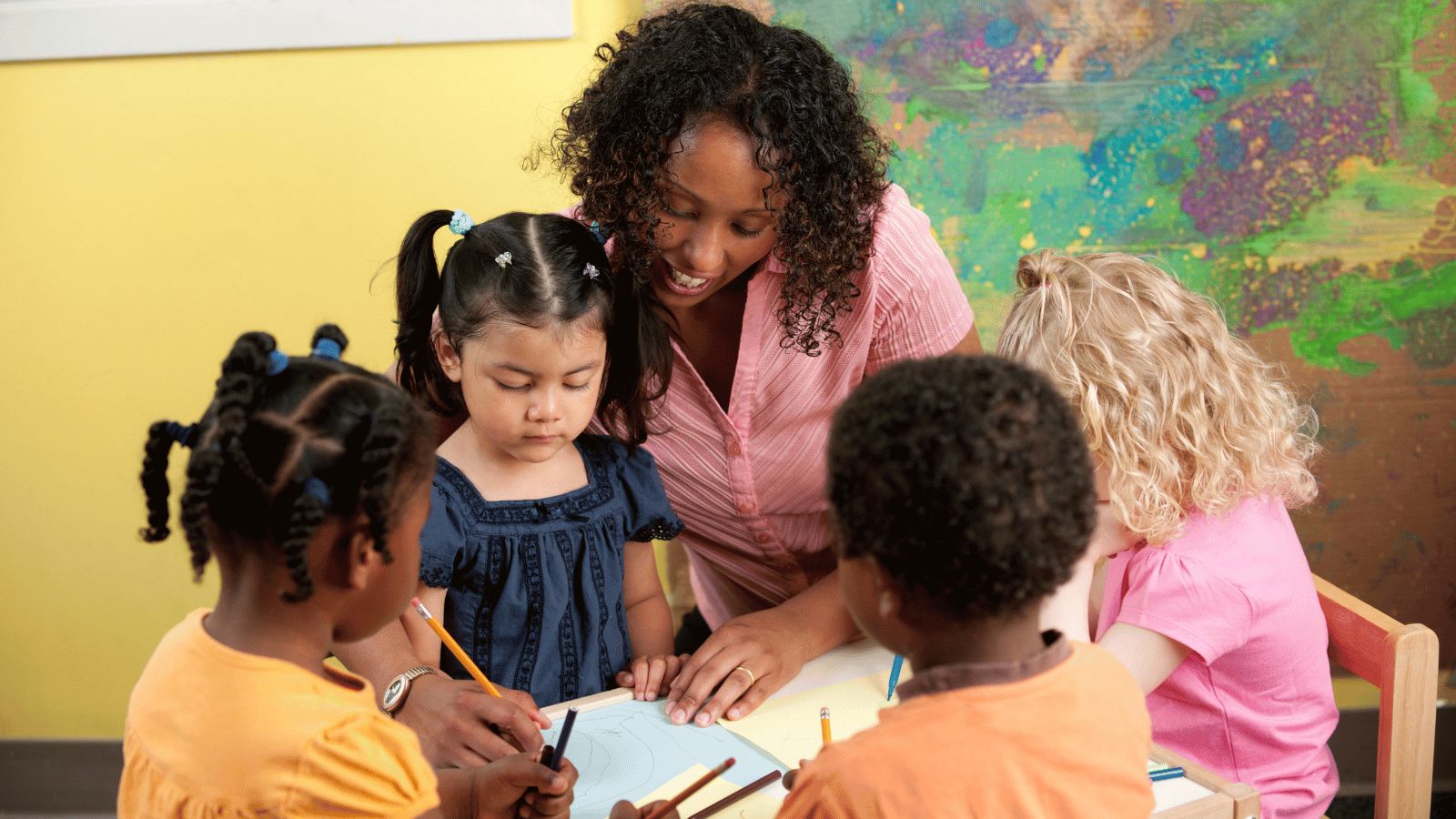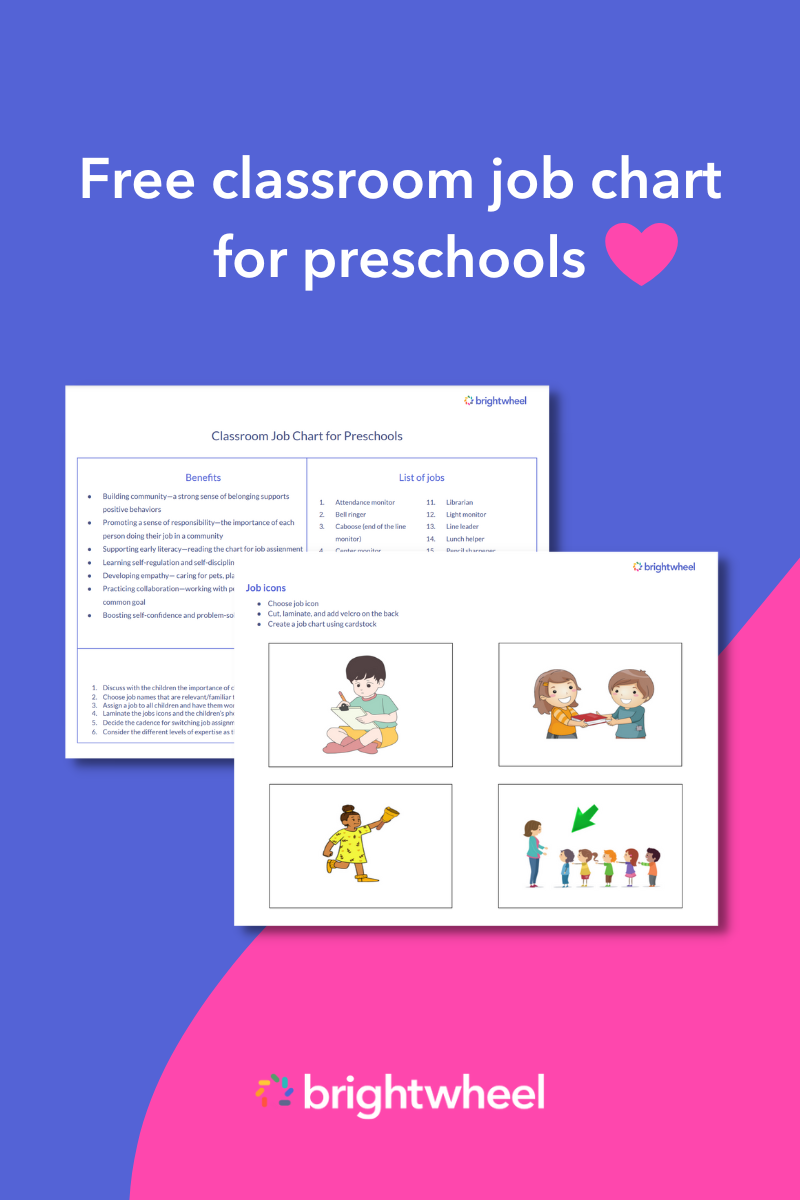
In a world where early childhood education classrooms are increasingly becoming more multicultural, culturally responsive teaching is necessary for educators to help children connect with the content. In addition, educators need to learn teaching strategies that match how children understand and interact with the world.
Culturally responsive teaching gives children access to a welcoming and engaging learning environment, making them feel safe, seen, and understood. Children also perform better academically, leading to more successful learning outcomes.
Read on to discover what culturally responsive teaching is, why it’s important, and how to become a culturally responsive educator.
What is culturally responsive teaching?
Culturally responsive teaching is an education approach that connects children’s cultures, experiences, and languages to what they learn in the classroom to improve educational outcomes. Culturally responsive teaching encourages children to use familiar ways of thinking, speaking, and analyzing to learn new ideas. In the mid-1990s, educational theorist Gloria Ladson-Billings introduced this education approach. Other education scholars, like Geneva Gay, have since done more research on the subject. Gay defines culturally responsive teaching as "using the cultural knowledge, prior experiences, frames of reference and performance styles of ethnically diverse students to make learning encounters more relevant to and effective for them.”
There are several fundamental principles for culturally responsive teaching, which include:
- Having high expectations for all children
- Engaging children’s knowledge, practices, experiences, and perspectives
- Building a bridge between home and school practices
- Identifying and leveraging children’s strengths
- Critically questioning traditional education practices, content, and assessments
Preschool is typically where children have their first education experiences outside the home, so it’s essential that the instruction be flexible, include their cultures, and uphold their identities.
Educators shouldn’t take it for granted that children have experience with particular communication strategies or equipment, like toys. For example, children may be dual language learners or have limited access to toys and manipulatives. In addition, the cultural difference between home and preschool practices may affect children’s learning and make them anxious and unhappy. Culturally responsive teaching will create an inclusive environment that will make children feel safe and learn better.
Why is culturally responsive teaching important?
Traditional education isn’t realistic for children in diverse classrooms and communities. Here’s why integrating culturally responsive teaching in the classroom is essential.
It strengthens children’s identity
Culturally responsive teaching strengthens children’s sense of identity and belonging. It helps them feel empowered and valued and builds trust that enhances their relationship with the teacher.
It raises expectations for all children
When teachers focus on children’s strengths rather than their weaknesses, it helps them create child-centered instruction. This is especially beneficial for children from underrepresented groups whose strengths are typically underestimated.
It helps teachers meet children’s needs
Because of unconscious bias from some teachers, some children’s needs may go undetected, or the teachers might mislabel certain children. Focusing on children’s assets helps teachers attend to each child's specific needs.
It builds cultural awareness and critical thinking
Culturally responsive teaching helps teachers and children understand and appreciate different perspectives and build empathy for others. Encouraging children to ask questions about other cultures and behaviors develops critical thinking skills.
How to be a culturally responsive teacher
Culturally responsive teaching isn’t just about recognizing children’s cultures; it’s about building a bridge between their experiences and the educational content. Let’s discuss some ideas on how to be a culturally responsive teacher.
Self-reflection and assessment
Are you aware of your unconscious or implicit biases? Over the years, your culture and experiences have affected how you think, behave, and act. It’s essential to recognize how your culture has influenced your attitudes and how that may affect children’s learning. For example, you might believe that quiet or introverted children don’t understand the lesson because their participation is limited. Or, if you grew up in a two-parent home, your ideas of family will leave some children out. This could cause children from broken homes or single-parent families to feel like they don’t belong or there’s something wrong with their family. Recognizing your biases will help you make more informed decisions when teaching children.
Get to know the children
Beyond the children’s personalities, find out more about the children. Get to know where they come from and where they currently live, and find out how they usually do certain things. The best way to do this is by being in a one-on-one setting with each child, as some children might be shy at first about speaking up in the classroom. Casually ask them about their likes, dislikes, and activities they do at home. If a new child has recently immigrated from another country, ask them questions like, “What games did you play at school?” If they can, let them teach you and the class. If they can’t articulate their experiences or culture, research online and have conversations with them based on what you discover. Also, show genuine interest in their understanding of the educational content to put them at ease.
Adapt the learning to fit children’s cultures
Children engage more and learn more effectively when the content is within the context of their experiences. For example, what kind of illustrations are you giving the children in the lessons? Do they represent different cultures? What activities get all the children excited? Are there activities that don’t benefit all children? Recognize how your content may be biased. Assess your current lesson plans and modify the instruction, considering the children’s backgrounds and readiness levels. Invite the children to speak to the class about their experiences. Make the learning interactive and include educational games, storytelling, visuals, and songs.
Create a judgment-free environment
Encourage the children to value each other’s experiences and differences. If a child has questions about another’s behavior, encourage them to ask questions. Guide the conversation toward learning and not criticizing to help them understand the world around them. This will help your children to feel more comfortable sharing their experiences in class. And it will help them become critical thinkers and look at situations with an unbiased opinion.
Culturally responsive teaching strategies
Let’s discuss a few culturally responsive strategies you can employ in the classroom:
Consider your classroom setup
What books are in your classroom library? Do they represent different families? Do they include diverse races? Do the posters on your classroom walls depict various cultures? Small changes can create an inclusive classroom environment for all children.
Call on each child individually
Some children might be shy or uncomfortable speaking up in the classroom voluntarily. Calling on children who don’t raise their hands familiarizes them with speaking in front of others. Encourage them to share their personal views when a subject requires it. This practice keeps them engaged and builds their confidence.
Share content in various ways
Offering various means of representation is a universal design for learning (UDL) principle. Children respond differently to different types of content due to learning needs, preferences, or culture. Set up various learning stations, each with a unique teaching method. While teaching a specific concept, have the children rotate between listening to you teach, playing a game, or creating artwork.
Use stories
Stories deepen children’s learning and help them understand the world better. In every culture, stories play a role in teaching values, manners, and self-regulation skills. Additionally, children remember content better when they can process a coherent narrative.
Build relationships with children and their families
Parents and families play a crucial role in children’s learning; involving them is a core part of culturally responsive teaching, which promotes inclusive learning. Communicate with children’s families when starting a new lesson series, so families can offer support at home and build on what their children are learning during the day. For new children, ask the families questions about their traditions, what language they use at home, and how they prefer to communicate. Learn the basics of their languages and invite them to participate in school activities.
Examples of culturally responsive teaching
Culturally responsive teaching promotes values of diversity, equity, and inclusion and prevents children from developing biases. The following are a few examples you can start using if you haven’t done so already.
-
Reading books that contain images of diverse types of families, including single-parent families, two-parent families, guardians, and families of different races
-
Greeting each child as they come into class in the way they are most comfortable with, for example, a high-five, a handshake, a hug, a wave, or a fist pump
-
Playing and dancing to songs in different languages
-
Saying “good morning” to the children in various languages represented in the classroom
-
Teaching the children how to say “hello” and “goodbye” in another language
-
Facilitating a “show and tell” where children stand in front of the class and speak about activities they enjoy or food they love to eat
-
Making a photo collage corner of the children and their respective families
-
Hosting an event where each child comes with a favorite or traditional dish they’d like to share with the class
-
Celebrating different traditions and holidays from around the world
-
Putting up a world map to learn about other countries
This isn’t a complete list, and remember your application of these strategies will depend on the different cultures and experiences of the children in your classroom.
Connecting culture to content
Culturally responsive teaching draws from children’s individual cultures and experiences and integrates them into classroom learning. Understanding the unique backgrounds of your children and their families will help you create a positive learning environment where children can make connections between their lives and the educational content they receive.

